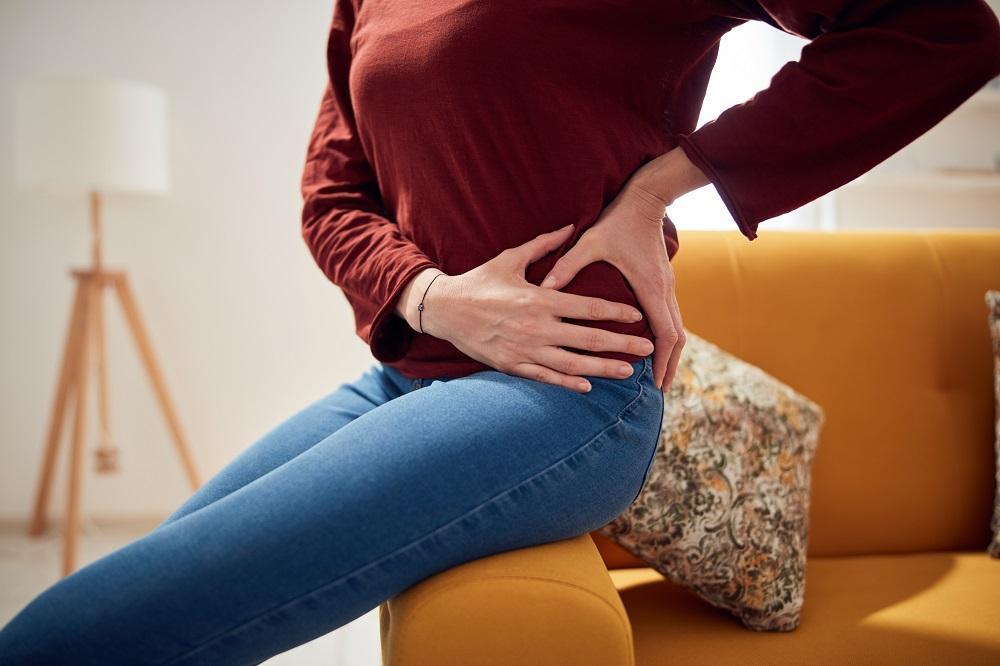
Dull, Aching Pain In Your Hip? Here's What It Could Mean

It started out as an infrequent, yet unwelcome, visitor, but now the dull ache in your hip has become a near-constant companion. Because your hips are major joints that are responsible for your mobility, the problem isn’t small, and you want answers.
As a first step, our hip expert at Western Orthopaedics — Dr. Brian White — gathered together a few possible culprits that are commonly associated with a dull achiness in your hips.
Of course, this post isn’t meant to definitively diagnose your hip problem, but it should provide you with a little more information and underscore the importance of seeing a specialist.
A quick anatomy review
Before we outline a few common conditions that lead to a dull ache in your hips, it might be helpful to quickly review the anatomy of these large joints.
At the foundation of your hip joint are two bones that come together as a ball-and-socket — the top of your femur and your pelvis. Your femoral head is sealed in position in the socket by a ring of cartilage called the labrum.
Supporting the joint and connecting bones and muscles is a network of ligaments, tendons, muscles, and bursa sacs.
Common causes of dull hip pain
First, let’s flesh out the symptom (a dull ache) a little more. This ache may be constant or develop (or worsen) after activity, while sleeping, or while sitting in one position for long periods. The ache is often associated with joint stiffness, which compounds the discomfort.
Before you get into the potential causes of your ache, note the pain’s location (near your groin? On the outside of your hip?), which can help narrow down the possibilities, which may include arthritis, bursitis, tendonitis, and IT band dysfunction.
Osteoarthritis
More than 32.5 million people in the United States have osteoarthritis (OA), which is a degenerative form of the disease that occurs when the cartilage inside the joint breaks down. OA tends to affect joints you use often, and your hips certainly fit the bill.
Hip OA pain is described as both dull and throbbing as well as sharp and stabbing. The discomfort usually occurs in the front of the hip, in the groin area, and in the front of your thigh. That said, the pain can strike the outside of your hips and buttocks, as well.
Hip bursitis
Your hips have small, fluid-filled sacs that act as shock absorbers inside the joint. If a sac becomes inflamed, you may experience pain on the side or back of your hip joint, especially while sitting.
Tendonitis
Your tendons connect muscle to bone, and if they’re overstretched, your hip tendons can become damaged, which can lead to a dull ache in any position. The overstretching of the tendons often occurs in people who sit at a desk for long periods.
IT band dysfunction
There’s a band of tissue that runs from your hip down to your knee called the iliotibial (IT) band. If this band develops an overuse injury, it can lead to a dull ache in your hip, especially around the front.
There are many other problems that can lead to hip pain, often with different characteristics, such as popping or clicking in your hip joint. These symptoms might indicate a tear in your labrum or femoroacetabular impingement, which is when the ball isn’t sitting well in the socket.
Our point here is that no matter the type of pain — a dull ache or a sharp pain — seeking a diagnosis is your first step toward pain-free mobility.
To schedule an appointment with Dr. White, please contact one of our offices in Arvada or Denver, Colorado.
You Might Also Enjoy...


The Most Common Culprits Behind Low Back Pain

My Hip Arthroscopy Failed. Is There Still Hope?

The Benefits of Physical Therapy Before and After Surgery

5 Tips for Navigating the Holidays After Hip Arthroscopy


